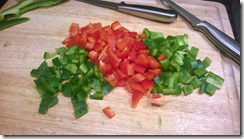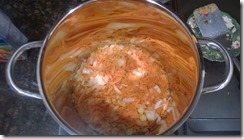 Double Cross: The True Story of the D-Day Spies by Ben Macintyre
Double Cross: The True Story of the D-Day Spies by Ben MacintyreMy rating: 5 of 5 stars
A few years ago, I took to the book "The Longest Day". A number of family and friends did the annoying thing and said "I saw the movie, it was amazing!". I did the more annoying thing and say "I read the book, it was amazing!" I'm a relatively young guy, Vietnam, WW1 and WW2 and the Civil War were well before my time obviously, but it's incredible to see the honor, glory and pride that poured into D-Day. The Longest Day was interesting, but Double Cross was truly James Bond meets WW2. Add a magic medallion and some ghosts and you have inspiration for another Indiana Jones movie!
OK, that's a little outlandish, but Macintrye did an absolutely phenomenal job. His main purpose of the book is to showcase the work that went into the Britain deception of Germany throughout WW2, and how they were able to parlay that into cover for D-Day itself. Interwoven throughout this book are 5 main "characters" (spies) and several other historical figures, from case officers to anti-Nazi plotters. You had to remain on your toes to ensure you didn't miss anything, but the story is complex but extremely well told. By the end, the final chapter "Aftermath" discusses what happened to the main characters, and with some solemnity you discover how they simply "disappeared".
That is the most amazing part of this book. If you're a spy - and more so a double agent - there's no grand reveal, parade, or declassification. Decades later, here we are learning names and discussing idea's. Reading this book was both eye opening and humbling, complex but easy to read, and one of the better books I think I will have ever opened.
View all my reviews







